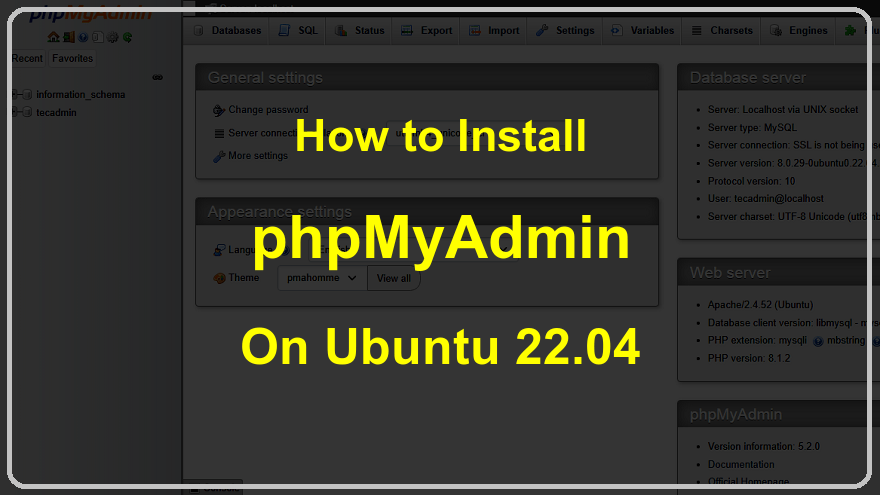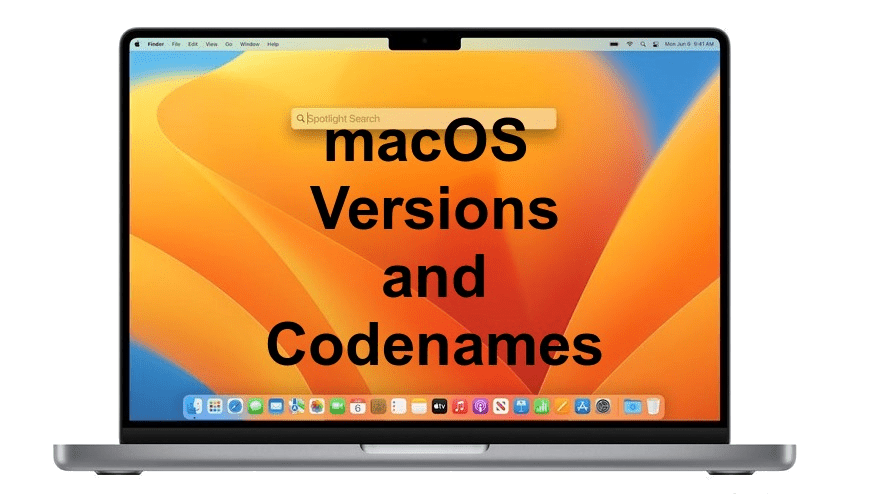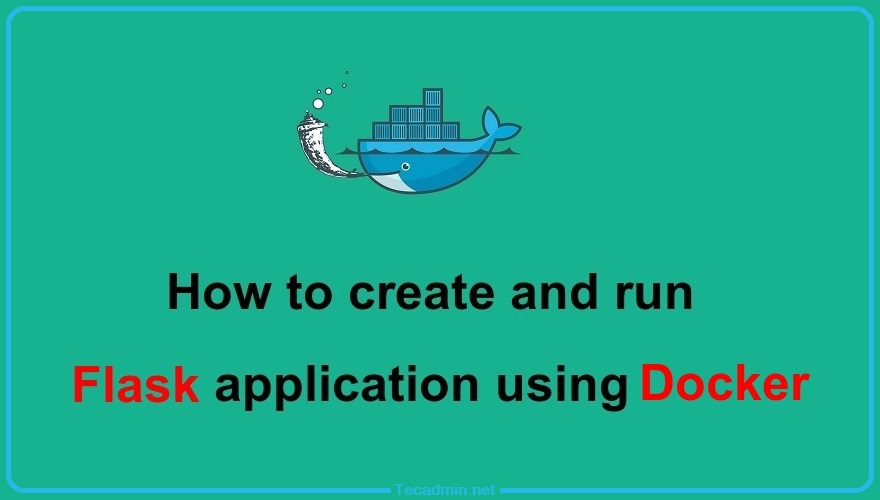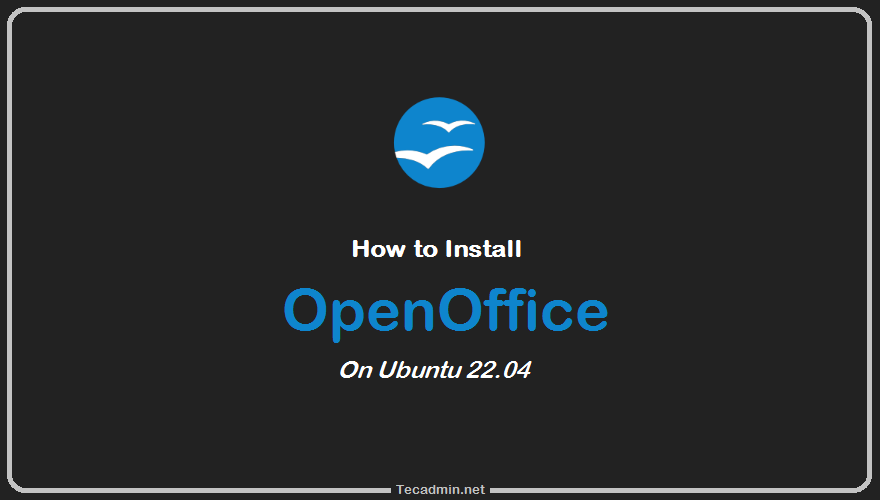You can use phpMyAdmin to manage your MySQL databases on a VPS. It’s an excellent tool for browsing, editing, creating, and dropping tables, as well as modifying columns and data. You don’t need to SSH into remote machines or load up some new terminal window to execute a few SQL queries every time you want to run some database queries. Instead, you can use a program like phpMyAdmin and keep everything in one place. This blog will show you how to install and set up phpMyAdmin on Ubuntu 22.04 server. Step 1 – Install Apache and PHP We are assuming…
Author: Rahul
Random strings are used for various purposes in software development. For example, they can be used to code user IDs, generate passwords, and construct tokens in applications. If you’re developing a JavaScript-based program that needs random strings — or any other type of pseudo-random data — then this article is for you! You see, generating random characters (or strings) is easy with the right tools and techniques. Luckily, this article covers exactly that. Let’s get started… Why do we need random strings? Random strings are used to construct tokens, user IDs, and passwords in software. Let’s say you want to…
There are several macOS versions (also known as OS X or Mac OS X) and codenames of those releases. Apple recently launched macOS Mojave, the latest version of its desktop operating system. Starting with Mac OS X 10.7 Lion in 2011, Apple has been updating its operating system annually with new codenames and revisions of the same code name. In this article, you can learn about all macOS versions and their codenames from 2005 to the present day. What is macOS? macOS is an operating system by Apple that powers Mac computers. It’s available in two major versions: macOS Sierra…
Grunt is a node-based task runner that helps developers automate common tasks during the software development process. It can be used to compile code, run tests, and more. grunt is easy to install and configure, and it can be used with any programming language. Grunt is available as a free, open-source tool, that is typically used in conjunction with other tools, such as Git and npm. A grunt is a powerful tool that can help developers save time and improve their workflow. In this blog post, you will learn to install Grunt on Ubuntu systems. Prerequsities Assuming you already have…
In the dynamic world of web development, Amazon Web Services (AWS) has emerged as a leading cloud service provider, offering robust solutions like Amazon S3 and Amazon CloudFront. These services are widely used for hosting and delivering web content. However, developers often encounter a common issue: receiving a 404 error upon page reload when using S3 in conjunction with CloudFront. This article will help you to find the causes of these 404 errors and provides a comprehensive guide for troubleshooting and resolving them, ensuring a smooth user experience. Root Causes SPA Routing: SPAs usually rely on client-side routing. When a…
PM2 is an advanced process manager for running Node.js applications. That provides an easier option to automate a Node.js application. We can quickly do the start, stop, or other operations on applications. Many of the Node.js applications use “npm start” to run. In this quick how-to guide, we will help you to run “npm start” using pm2. Assuming that you already have Node.js installed on your system. If you haven’t already, visit our tutorial to install Node.js using nvm. Installing PM2: Make sure you have installed PM2 globally on your machine with this command: npm install pm2 –location=global After installing…
An input device is any hardware component that allows a user to enter data and instructions into a computer. Examples of common input devices include keyboards, mice, touchpads, and trackballs. Selecting the right input device for your needs is important for getting the most out of your computer. Different devices offer different levels of convenience and flexibility, so be sure to choose one that will work best for your individual workflow. There are various input devices that can be used with a computer. The most common input devices are the keyboard and mouse, but there are also other devices such…
If you work in a tech company as a software engineer, there’s a good chance that you will be asked to create and deploy applications frequently. These applications are usually web apps that are built on top of frameworks such as React, Redux, or Vue.js. An application is the ultimate output of software development and not just another file with multiple layers of folders and files. A Docker container can be used to package your app so it can run in any environment without requiring any pre-installed dependencies or libraries. In this tutorial, we will cover all you need to…
In this tutorial, you will learn how to create a basic Flask app using Docker. You’ll set up your app with a Dockerfile and manage the images with an automated build process. Along the way, you’ll also learn how to use multiple Python virtual environments and keep your source code organized. If you’re new to Python or Flask, check out our beginner guides to Python and Flask first. They cover the basics to help you follow along better. Let’s get started! What is Flask? Flask is a lightweight Python framework for building web applications. It is simple, flexible, and easy…
OpenOffice is a free, cross-platform, and open-source office suite made by the Apache Foundation. It includes tools like word processing, spreadsheets, presentations, graphics, and databases. OpenOffice works on Windows, Debian, and Redhat-based Linux, and OS X systems. This guide will show you how to install OpenOffice on Ubuntu 22.04 Linux. System Requirements Here are the basic requirements to install OpenOffice on a Linux system: Linux kernel version 2.6 or higher glibc2 version 2.5 or higher At least 256 MB of free RAM (512 MB recommended) 400 MB of disk space X-Server with 1024 x 768 pixel or higher resolution Step…





